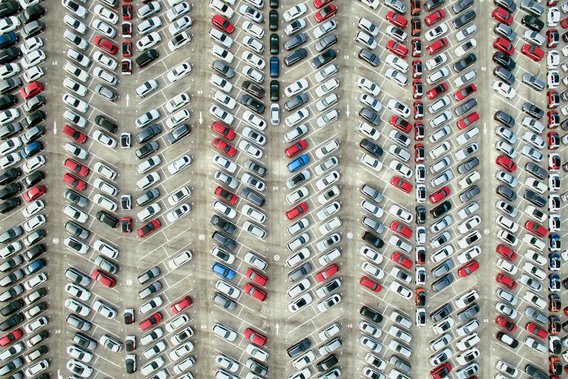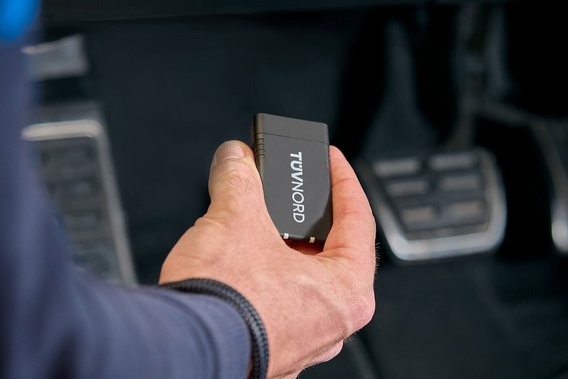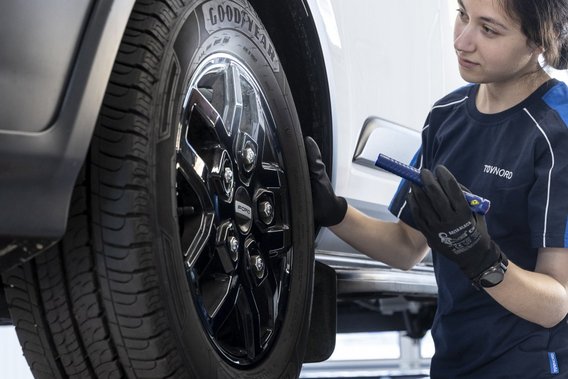Car dealership and workshop
Become a test centre
Do you run a vehicle workshop or a car dealership and would like to become a test centre? Then TÜV NORD Mobilität is the right place for you!
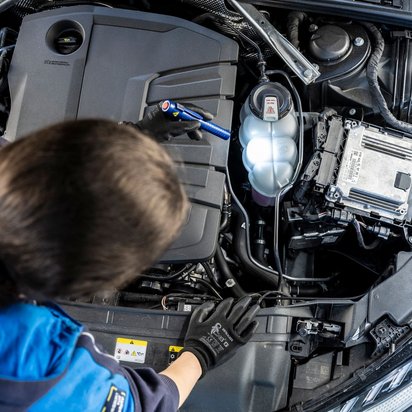
Car dealership and workshop
Do you run a vehicle workshop or a car dealership and would like to become a test centre? Then TÜV NORD Mobilität is the right place for you!

Car dealerships and workshops have the option of either becoming a test centre or providing a test station. Our TÜV NORD regional managers will be happy to answer any questions you may have about test centres and country-specific features. They are your central point of contact.
Definition according to Annex VIIId of the StVZO:
HU and/or SP and/or AU and/or AUK and/or GWP are carried out at test centres using the technical facilities of a motor vehicle workshop entered in the register of craftsmen or a corresponding specialist company, which also includes motor vehicle workshops for the maintenance of a vehicle fleet that is suitable and legally authorised in accordance with Section 2.2 of Annex VIIIc to rectify defects found in accordance with Section 3.1.4.5 of Annex VIII.
Definition according to Annex VIIId to StVZO:
Only vehicles from the company's own fleet, which includes all vehicles of an owner or operator, or agricultural and forestry vehicles with Vmax/per≤ 40 km/h may be inspected and/or tested at test centres.
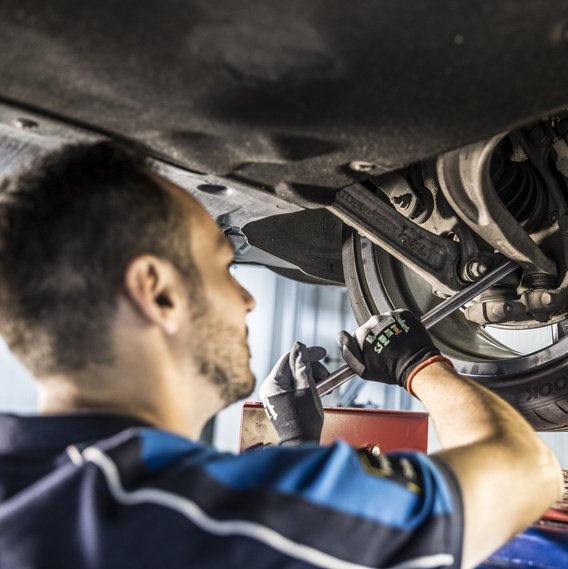
With the safety test (SP), the legislator has reduced the number of tests for new vehicles. Formerly known as BSU and ZU, the safety test is a visual, effectiveness and function test for commercial vehicles.
The SP is not an "all-round test": it concentrates on important parts and systems of the vehicle that are subject to wear and susceptible to repair and that have a significant influence on vehicle safety and environmental impact. This includes the chassis, the running gear, the body, the connecting equipment, the steering, tyres and wheels, the brake system and the closing forces on power-operated doors. The previous test area "exhaust system" has been cancelled.
If the vehicle is free of defects, the test mark is issued. The inspection sticker is affixed to the rear left of the vehicle on the inspection sticker. The arrow on the sticker points to the month in which the vehicle must be presented again for the MOT. The last seven digits or characters of the vehicle identity number are noted on the inspection sticker. Incidentally, the colour coding of the inspection sticker is the same as the colours of the stickers for the HU and AU.
Your contacts for the safety inspection are officially recognised experts or inspectors for motor vehicle traffic (aaSoP) of the technical inspection centres and test engineers of the monitoring organisations and recognised vehicle workshops. Authorisation to carry out MOTs is granted by the competent supreme state authorities or the bodies designated by them, such as chambers of crafts or motor vehicle guilds. Motor vehicle workshops wishing to carry out the MOT must provide proof of successful completion of a training course and make the regulations of the issuing organisation available for inspection.
Calibrated brake testers are prescribed for carrying out the brake test for HU and SP. Today's brake testers must have a standardised data interface. Garages and vehicle fleets can - if they do not have their own brake tester - have the test carried out at a TÜV NORD technical test centre or at a specialist workshop recognised for this purpose.
Purchasing your own brake tester is another option. This means that the HU and SP can be carried out on your premises, either by TÜV NORD employees or by yourself: To do this, you must pass an examination to carry out the MOT under your own responsibility and with the resulting obligations.
The inspector draws up an inspection report for each safety inspection and documents the findings. Appropriate plates are affixed to vehicles subject to an MOT during the test and the test marks are allocated for the next due MOT. The SP plate, size 80 x 60 mm, is made of plastic or metal.
As part of the current amendments to the StVZO with the 55th StVR Amendment Ordinance, the requirement for inspection logbooks has been cancelled due to the deletion of paragraphs 11-13 of §29 StVZO.
The keeper must keep the test log at least until the next safety inspection. The keeper or his authorised representative must hand over the inspection report, in the case of vehicles for which a safety inspection is to be carried out, together with the test report, to the competent persons and the authority responsible under federal state law at their request. If the last inspection report or the last test report cannot be handed over, the keeper must obtain duplicates from the testing centres at his own expense or have a main inspection or safety test carried out.
The safety test may also be carried out in the month immediately preceding the month indicated by the test mark in conjunction with the SP plate, without changing the prescribed intervals for the next prescribed safety test.
In contrast to the main inspection (HU), the safety inspection does not differentiate between minor and major defects; any defect found must be rectified before the MOT is confirmed. If the vehicle owner fails to carry out the SP, the HU may not be carried out. In this case, the inspector must carry out a main inspection in conjunction with a safety inspection.
A test centre can be a car dealership or a workshop. Regular vehicle inspections are carried out here in accordance with § 29.
The building must be suitable and sufficiently dimensioned so that the vehicles to be tested there can be tested in accordance with the regulations.
The following must be taken into account
The electronic safety assistance systems are activated for the test with a conditioning drive at a minimum speed of 8 km/h.
The structural requirements for test centres and test equipment that must be available at test centres in order to be able to carry out the HU, AU, AUK, SP and GAP/GSP are listed in Annex VIIId StVZO.
The following equipment must be available:
